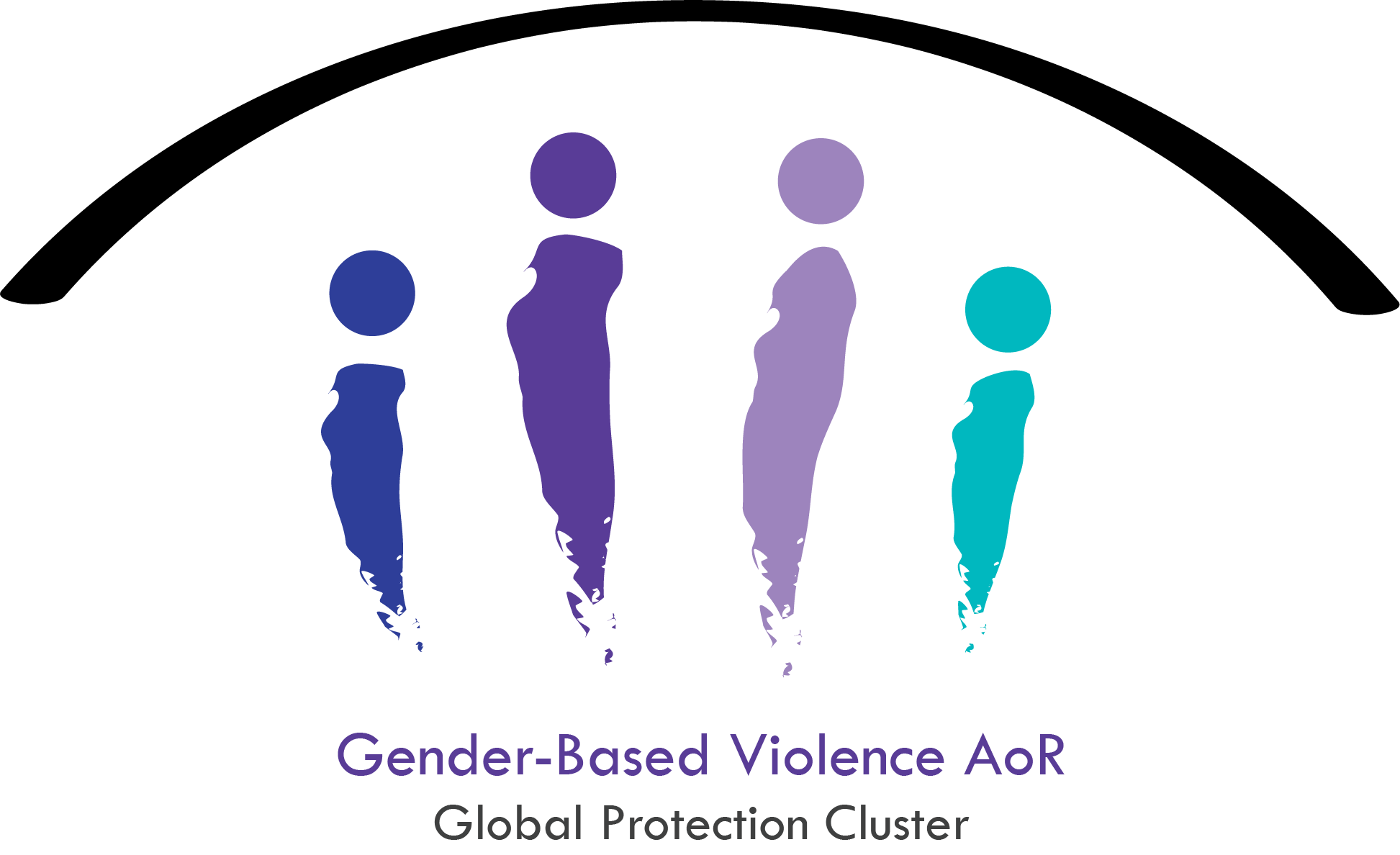Country Key Figures
2M
916K
Country Overview
An estimated 2.6 million people risk facing gender-based violence in 2022, which represents a 25 per cent increase compared to 2021 estimates. Climate shocks, severe drought, massive flooding, and conflicts have contributed to the increase in GBV risks. GBV needs are highest in thirteen counties: Ayod, Cueibet, Fangak, Gogrial East, Kapoeta East, Mayendit, Mayom, Pibor, Rubkona, Rumbek North, Terekeka, Tonj East, and Tonj North. 48 per cent of households (HHs) surveyed expressed fear/concern about GBV.155 Among the population groups surveyed, IDPs (57 per cent) expressed greater concern/fear about GBV, specifically rape and forced marriage. Women and girls are exposed to different forms of GBV in their routine activities. The FSNMS+ findings indicate that 38 percent of HHs reported that women and girls avoid more than one area in their communities such as water points, latrines, distribution areas (food and non-food items), markets and/or firewood collection sites, among others, because they feel unsafe. Findings further how that 32 percent of HHs also face an increased risk of GBV as they travel more than 30 minutes to fetch water. The FSMNS+HNOi survey reveals that only 6 percent of the community members are aware of GBV response services available in their neighbourhoods.
Participants in Focus Group Discussions (FGDs)/Key Informant Interviews (KII) conducted in host communities, IDPs, and returnees indicated that their community members did not feel safe from various forms of gender-based violence. Sexual violence was raised as a principal safety and protection concern for women and girls, while revenge killings, abductions, and forced recruitment were identified as GBV risks for young men, men, and boys. Regarding the mechanisms available to women and girls facing protection issues, participants cited their family members as the initial support group, followed by community chiefs. A women’s group was mentioned as a support mechanism by some of the respondents. The availability of GBV-specific services, such as psychosocial support and medical services, however, was mentioned by a few respondents. Participants expressed the need for more reporting mechanisms, medical support, and other services, as well as the need for more female staff in such services. The 2021 analysis of GBV survivors who were reported and accessed services revealed that 97 per cent of survivors were women and girls. Of the reported GBV incidents, physical assault accounted for 36 percent, sexual violence for 24 per cent, and emotional abuse for 23 per cent. The 2021 FSNMS+ qualitative assessment identified rape, physical assault, sexual abuse, forced and early marriage as GBV concerns in more than two-thirds of the interviews held with both male and female participants. As a coping strategy, women and girls limited their mobility to humanitarian distribution sites, water points, farmlands, etc.
The increased risk of GBV and gaps in response services, as revealed by the assessments, highlight an urgent need for GBV prevention, risk mitigation, and scaling up of specialized GBV response services. Specifically, there is a need to strengthen GBV case management, medical care, psychosocial support, safety and security, legal service, safe houses, livelihood, economic support, and GBV referral pathways. Primary GBV prevention interventions such as EMAP, SASA, and the Community Cares program, integration of GBV into other sectoral responses including safety audits, strengthening of GBV coordination, and provision of dignity kits are high priority interventions for the GBV Area of Responsibility.
Country Key Contacts
International Rescue Committee (IRC)
